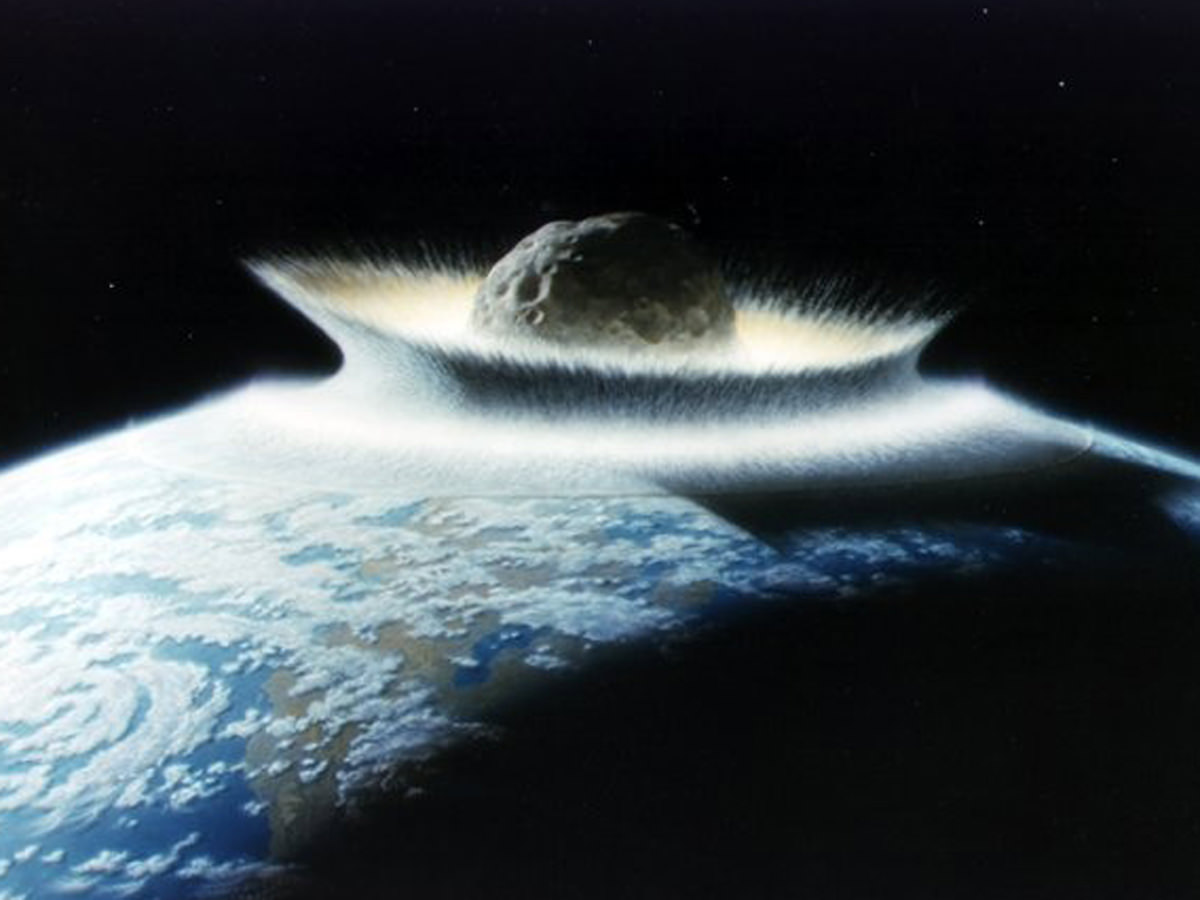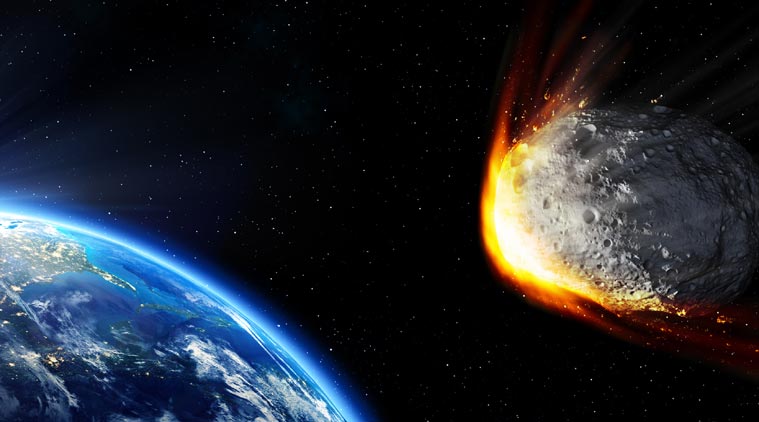

Very few of these bodies are potential hazards to Earth, but the more we know and understand about them, the better prepared we will be to take appropriate measures if one is heading our way. With increasing regularity, scientists are discovering asteroids and comets with unusual orbits, ones that take them close to Earth and the Sun. Scientists believe stray objects or fragments from earlier collisions slammed into Earth in the past, playing a major role in the evolution of our planet. These cosmic collisions are as natural as rain, although they happened a lot more often when the solar system was young. Might we find new sources of raw materials and natural resources that we could use on Earth? Could humans use asteroids or comets as refueling stations someday? Will we find new, cleaner energy sources in space to help protect our environment? Protection from Potential ImpactsĪsteroid and comet impacts are capable of ending life as well as advancing it. As we venture outward from our home planet, what kinds of challenges will we face? We also explore small worlds to understand the hazards and resources in the solar system that will affect human expansion in space. What we learn will also teach us about systems of planets around other stars, and how life might develop there as well. Like forensic detectives, scientists follow clues about what happened when the solar system was young to piece together the story of our origins. The discovery supports the theory that some of life's ingredients formed in space and were delivered to Earth long ago by meteorite and comet impacts. Glycine is used by living organisms to make proteins. The amino acid glycine was discovered in the comet dust returned to Earth by the Stardust mission. Raw Materials for Life?Ĭomets and asteroids probably delivered some of the water and other ingredients that allowed the complex chemistry of life to begin on Earth.

We are just beginning to figure out what these places are like, what they are made of, and how they formed.

NASA's robotic spacecraft allow us to visit comets, asteroids, and dwarf planets up close, and even bring back samples to study. They might offer clues about where the water and raw materials that made life possible on Earth came from. They can reveal secrets about our origins, chronicling the processes and events that led to the birth of our world. Their relatively pristine state makes comets, asteroids, and some meteors wonderful storytellers with much to share about conditions in the early solar system. Amazingly, many of these mysterious worlds have been altered very little in the 4.6 billion years since they first formed. This gradual buildup - a process called accretion - eventually formed the planets of our solar system.īillions of small space rocks never evolved into planets. This process continued until they reached the size of boulders. The dust particles in this disk collided with each other and formed into larger bits of rock. At the very beginning of our solar system, before Earth, the other planets, and the moons formed – a huge swirling cloud of dust and gas circled the young Sun.


 0 kommentar(er)
0 kommentar(er)
